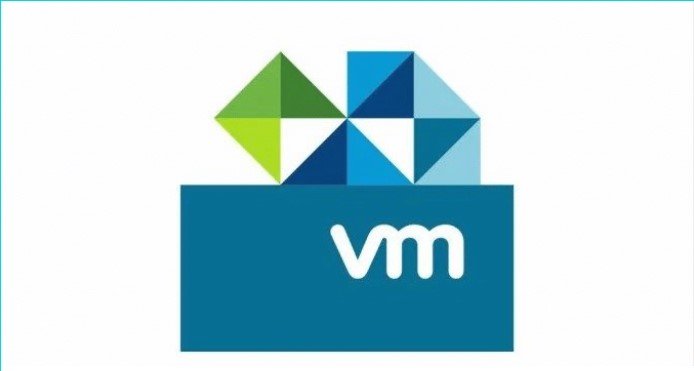As virtualization environments grow more complex, network security becomes increasingly important. VMware NSX provides a robust framework for managing network traffic, but many administrators encounter a challenge when dealing with virtual machines (VMs) that are not part of an NSX segment. This scenario raises an important question: Can we apply NSX firewall rules to VMs listed in the NSX Manager inventory, even if they are not part of an NSX segment?
In this article, we’ll dive into this question, explore the role of NSX segments in firewall rule application, and discuss potential solutions for managing VMs outside of NSX segments.
Understanding NSX Firewall Rules and Segments
VMware NSX (Network and Security Extensibility) is a powerful tool for managing network security in a virtualized environment. One of the key features of NSX is its ability to enforce security policies via distributed firewall rules. However, to apply these rules, NSX relies on logical segments, which are essentially isolated virtual networks within the NSX infrastructure.
Firewall rules in NSX are typically applied to these segments or groups of VMs within a segment. These segments provide a logical boundary for network traffic and make it possible for administrators to manage security policies at a granular level.
However, there’s a catch: NSX firewall rules only apply to VMs that are part of an NSX segment. This is where the problem arises when you have VMs listed in the NSX Manager inventory, but not part of any NSX segment.
The Challenge: VMs Not in an NSX Segment
When VMs are not part of an NSX segment, they are outside the scope of NSX’s logical networking and security rules. Even though NSX Manager knows their IP and MAC addresses (thanks to vCenter integration), it cannot directly enforce firewall policies on these VMs because they aren’t on a segment.
In practical terms, this means that if you want to apply a firewall rule to a VM that isn’t part of an NSX segment, you must manually specify its IP address or MAC address in the rule. This is time-consuming, error-prone, and can lead to difficulties in scaling network security policies as environments grow.
Best Practices for Managing VMs in NSX
While it may seem like a hassle to ensure all VMs are part of NSX segments, there are several best practices to help you manage your environment more efficiently:
- Plan your NSX segments carefully: Group your VMs based on security requirements and network boundaries, which will make rule management more straightforward.
- Automate where possible: Use NSX’s automation features, such as security groups and tagging, to ensure VMs are assigned to the right segments without manual intervention.
- Monitor and audit: Regularly check your VM assignments to ensure that all VMs are part of the appropriate segments for compliance with security policies.
